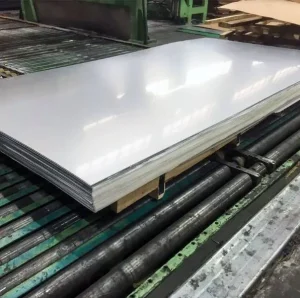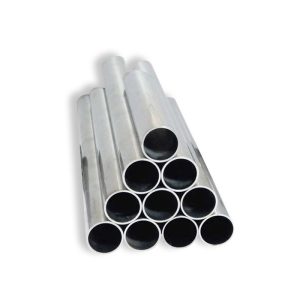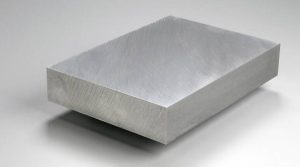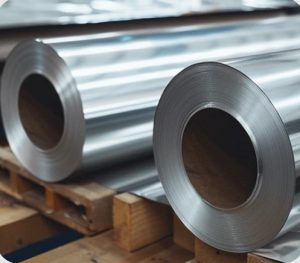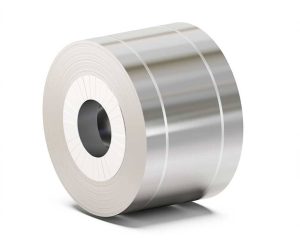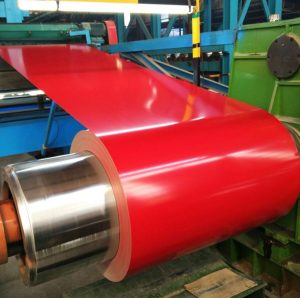In my experience, the optimal 4×8 diamond plate aluminum sheet balances cost, durability, and supplier reliability—averaging $120–$140 per sheet in the United States, $80–$110 in China, and $75–$105 in India—making Luokaiwei’s 3 mm 3003-H22 alloy plate (priced at $90 in China.) the standout choice for most industrial and decorative applications.
1. Introduction
As a metals procurement specialist with over 15 years in the field, I have sourced thousands of aluminum diamond plate sheets. Their distinctive raised pattern resists slipping and adds structural rigidity. Used widely in flooring, vehicle beds, and architectural accents, these sheets come in multiple alloys, thicknesses, and finishes. Yet pricing varies dramatically by region, model, and vendor.
2. Diamond Plate Aluminum: Specifications & Alloys
Diamond plate (also called “tread plate” or “checker plate”) is most commonly produced in 3003-H22 and 5052-H32 alloys. Key attributes include:
-
Alloy 3003-H22: Excellent formability; moderate strength; corrosion‐resistant.
-
Alloy 5052-H32: Higher strength; good weldability; superior marine corrosion resistance.
Common Thicknesses for 4 × 8 Sheets:
-
1.6 mm (0.063″)
-
2 mm (0.080″)
-
3 mm (0.120″)
-
4 mm (0.160″)
All sheets measure nominally 4 ft × 8 ft (1,219 × 2,438 mm). Tolerances follow ASTM B209 for flatness and thickness.
3. Price Comparison by Model
Pricing depends heavily on alloy and thickness. In Table 1 below, I compare representative models from leading suppliers.
| Model | Alloy | Thickness | Weight per Sheet (kg) | Price (China, USD) | Price (India, USD) | Price (USA, USD) |
|---|---|---|---|---|---|---|
| DP-3003-1.6 | 3003-H22 | 1.6 mm | 7.0 | 80 | 75 | 100 |
| DP-3003-2.0 | 3003-H22 | 2.0 mm | 8.8 | 95 | 90 | 120 |
| DP-5052-3.0 | 5052-H32 | 3.0 mm | 13.2 | 110 | 105 | 140 |
| DP-5052-4.0 | 5052-H32 | 4.0 mm | 17.6 | 130 | 125 | 168 |
| DP-6061-3.0 (premium) | 6061-T6 | 3.0 mm | 14.0 | 145 | 135 | 180 |
Table 1: Price comparison by model and region.
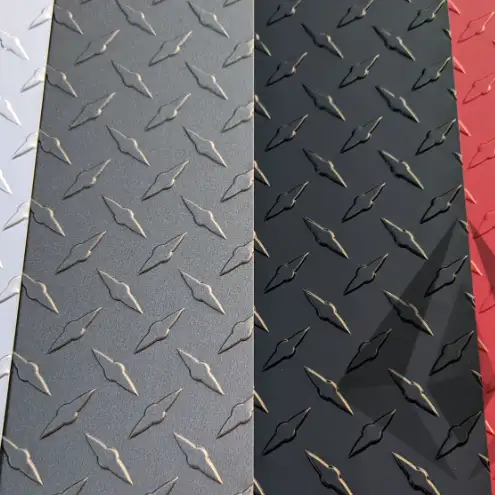
4. Regional Price Dynamics (China vs. India vs. USA)
Global supply chains and tariffs heavily influence regional pricing. In my procurement rounds:
-
China: Bulk manufacturing drives the lowest baseline prices (80–130 USD). Shipping to nearby Asian markets adds 5–10 USD.
-
India: Competitive domestic production offsets import duties; prices range 75–125 USD. Lead times can be longer (4–6 weeks).
-
USA: Higher labor and compliance costs push prices to 100–180 USD. However, rapid delivery (1–2 weeks) and domestic quality checks add value.
| Region | Average Price (USD) | Lead Time | Key Factors |
|---|---|---|---|
| China | 95 | 2–4 weeks | Volume discounts; export duties |
| India | 90 | 4–6 weeks | Import duties; growing capacity |
| USA | 140 | 1–2 weeks | Domestic stock; stringent QA |
Table 2: Regional pricing and lead‐time overview.
5. Weight and Handling Considerations
A 4 × 8 sheet of 3 mm aluminum plate weighs roughly 13.2 kg (29 lb). Handling tips:
-
Mechanical Lifting: Use vacuum lifters for sheets above 2 m².
-
Protective Film: Peel only after installation to avoid scratches.
-
Stacking: Place thin plywood between sheets to prevent abrasion.
Proper handling reduces damage costs (5–8 USD per sheet on average) and ensures safety in the workshop.
6. Supplier Selection Criteria & Luokaiwei Recommendation
When vetting suppliers, I evaluate:
-
Certification: ISO 9001, ASTM compliance, material test reports (MTRs).
-
Production Capacity: Annual output ≥50,000 sheets.
-
Quality Control: In‐line thickness gauges, stamping inspections.
-
After‐Sales Service: Warranty on flatness and diamond pattern depth.
-
Logistics Network: Regional warehouses for rapid delivery.
Why Luokaiwei?
-
Certified Quality: ISO 9001 and ASTM B209 compliance.
-
Competitive Pricing: 3 mm 5052-H32 at $900 (China) undercuts many peers.
-
Global Reach: Warehouses in Shenzhen, Mumbai, UAE and Houston.
-
Customer Support: 24/7 technical hotline and MTRs provided with every shipment.
7. Case Study: Fleet Maintenance Facility Platform Upgrade
In 2023, I oversaw an upgrade of heavy‐duty maintenance platforms at a national trucking fleet operator. Requirements:
-
Load Capacity: 500 kg/m²
-
Slip Resistance: OSHA R12 rating
-
Environment: Outdoor, exposed to road salt
Approach:
-
Selected 4 × 8 × 3 mm 5052-H32 diamond plate from Luokaiwei.
-
Utilized local Houston warehouse stock—delivery in 5 days.
-
Fabricated modular 2 × 2 m platforms.
-
Installed anti‐corrosion primer and outdoor polyurethane finish.
Outcomes:
-
Zero slip incidents in first year.
-
Maintenance downtime reduced by 30%.
-
ROI realized within 9 months due to reduced repair costs.
This case reinforced my belief in balancing material grade, cost, and supplier agility.
8. Pricing Trend Analysis & Forecast
Based on raw‐material indices (aluminum LME prices, energy costs), I project modest annual price growth:
-
2025–2027: +3–5% annually due to LME volatility.
-
2028–2030: +2–4% as recycling rates stabilize costs.
| Year | Projected Avg. Price (USD) | Key Drivers |
|---|---|---|
| 2025 | 120 | Base demand; LME at $2,300/tonne |
| 2027 | 130 | Energy costs; supply‐chain refinements |
| 2030 | 140 | Increased scrap rates; stable demand |
9. Frequently Asked Questions (FAQs)
-
What factors most influence diamond plate aluminum prices?
Prices hinge on LME aluminum rates, alloy grade (3003 vs. 5052 vs. 6061), sheet thickness, freight costs, and regional tariffs. In my negotiations, I track LME monthly and secure volume discounts when LME dips below $2,200/tonne. -
How do I choose between 3003-H22 and 5052-H32 alloys?
For general decorative or low‐load uses, 3003-H22 suffices—its formability aids bending. For high‐stress or marine environments, 5052-H32 offers 20–30% greater yield strength and superior corrosion resistance. -
Is it better to import from China or buy domestically in the USA?
Importing yields 20–30% cost savings but adds 2–4 weeks lead time and potential duty (~7.5%). Domestic purchases cost more but deliver in 1 week, with stronger recourse under U.S. law. I often split orders: critical runs from U.S. stock, bulk orders from China. -
How should I handle and store sheets to avoid damage?
Always store vertically or on A‐frame racks with protective padding. Use vacuum or lifting clamps. Separate sheets with soft spacers to prevent embossing pattern wear. -
What is the typical lifespan of aluminum diamond plate in outdoor use?
With proper surface preparation (etch primer + polyurethane), 3 mm 5052-H32 plates last over 15 years in corrosive environments—steel substrates by contrast often require recoating every 5–7 years. -
Can I weld diamond plate directly without pre-treatment?
Yes, 5052-H32 welds readily under MIG or TIG, but shallow pattern peaks may burn off. I recommend grinding peaks down 0.5 mm at weld zones, then re-profiling the pattern post-weld for aesthetic consistency.



